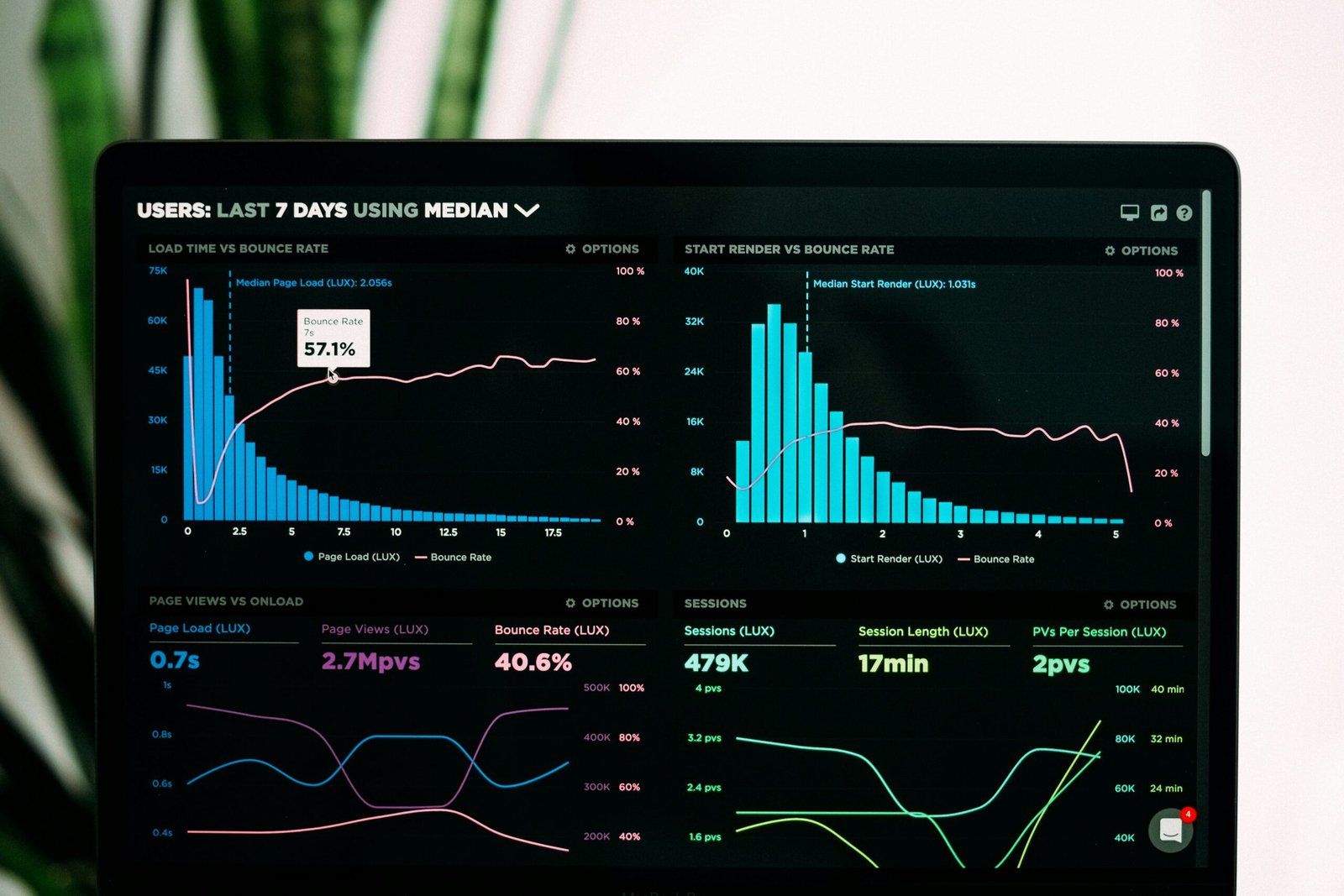Understanding Website Performance Metrics
Website performance is a crucial aspect of digital marketing and online presence. It involves analyzing various metrics that help in understanding website efficiency, user experience, and overall effectiveness. By systematically tracking these metrics, you can identify areas for improvement and enhance your site’s performance.
Setting Up Google Analytics
One of the fundamental tools for tracking website performance is Google Analytics. It provides comprehensive insights into site traffic, user behavior, and conversion rates. To get started, create a Google Analytics account and add the tracking code to your website. Once set up, you can monitor metrics such as pageviews, average session duration, and bounce rate.
Utilizing Performance Testing Tools
There are several performance testing tools available that can help you measure your site’s speed and reliability. Tools like GTmetrix, Pingdom, and Google’s PageSpeed Insights analyze various factors including load time, server response time, and overall site speed. These tools also provide actionable recommendations to improve your website performance.
Monitoring User Experience
User experience (UX) is another critical aspect to track. Tools like Hotjar and Crazy Egg offer heatmaps and session recordings that illustrate how users interact with your website. By understanding user behavior, you can make data-driven decisions to optimize navigation, content, and overall usability.
Tracking website performance is an ongoing process that requires continuous monitoring and optimization. By leveraging the right tools and metrics, you can ensure your website remains efficient, user-friendly, and effective in achieving your business goals.



